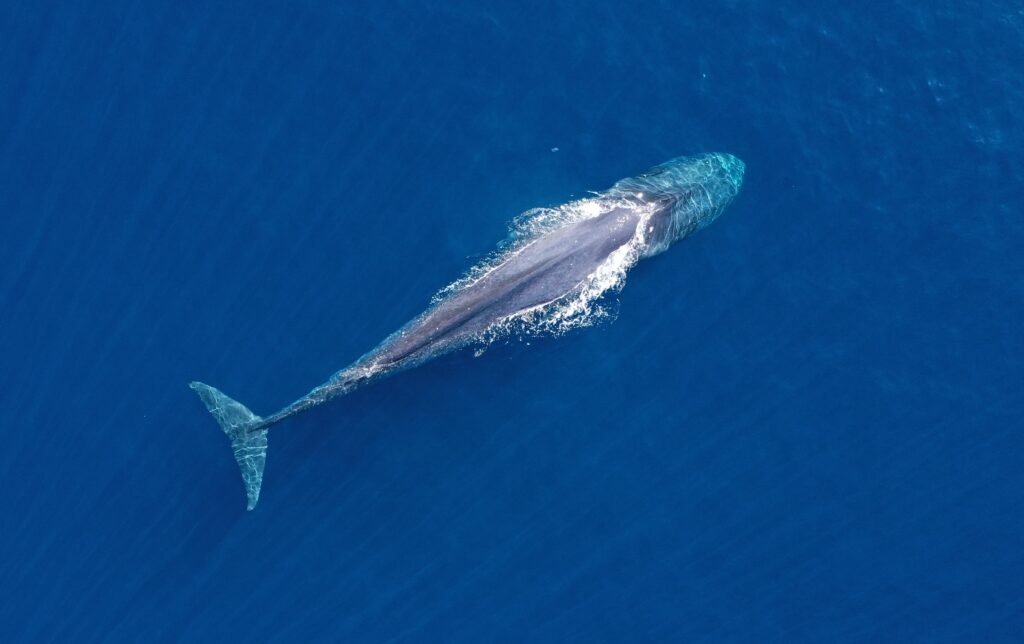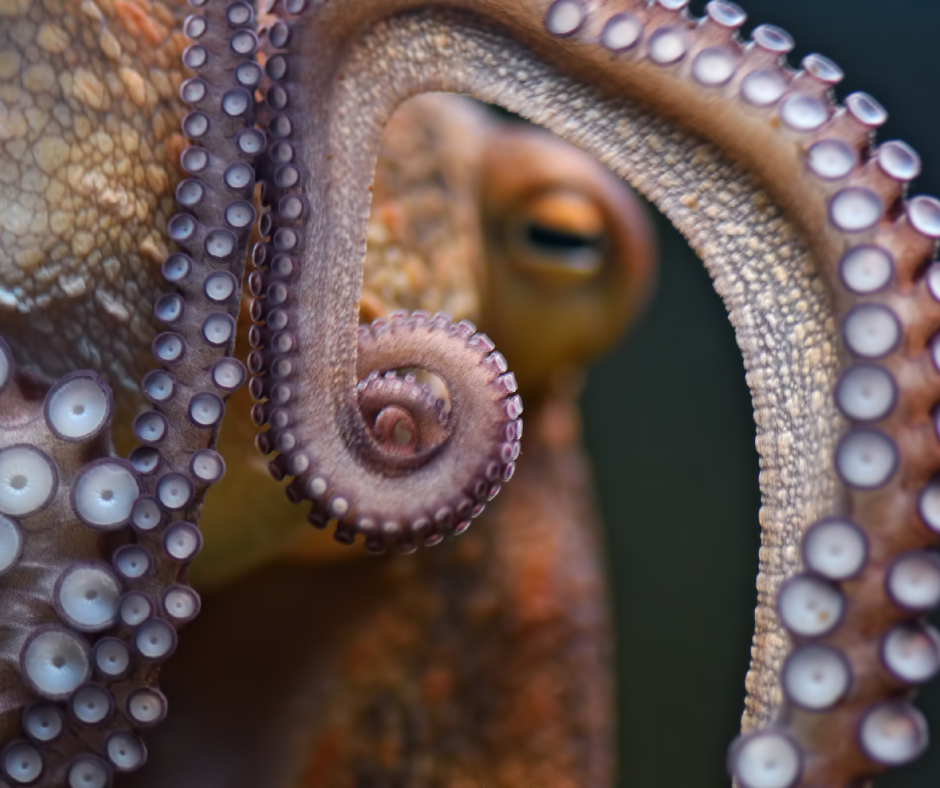While Australia is forecast to swelter under El Niño climate conditions this year, Charles Darwin University (CDU) researchers say it’s good news for blue whales after they suffered through three consecutive years of difficult La Niña conditions.

Media release
CDU marine ecologist Professor Karen Edyvane said the combination of El Niño conditions and the emerging large positive Indian Ocean Dipole (IOD) event is bringing cooler conditions to the waters off eastern Indonesia, Timor-Leste and northern Australia.
Which is positive news for the health and annual migration of East Indian Ocean pygmy blue whales.
Pygmy blue whales are the smallest of the four recognised subspecies of blue whales – and the only tropical subspecies. Significantly, the East Indian Ocean population of the subspecies migrate over 10,000km every year – between the cool waters off southern Australia and their calving and breeding grounds in the warm, tropical Banda Sea region of eastern Indonesia.
Last year, Professor Edyvane, attracted the attention of the global blue whale research community with disturbing reports and images of malnourished whales in the waters off East Timor.
This correlated with warmer ocean temperatures and the weakening of rich, localised, wind-driven coastal upwellings in the region. These are a major source of ocean productivity and provide the ideal conditions to support krill, the major food source for blue whales.
“During our long-term annual monitoring and field observations in Timor-Leste, we’ve noticed some disturbing climate-related changes in recent years, particularly over the past three years of La Niña conditions,” Professor Edyvane said.
“We saw lots of feeding activity and some very hungry, under-nourished animals, particularly large mothers which concerned us all.”
“This year, however, we’re seeing much cooler sea temperatures, stronger localised upwellings and higher ocean productivity which means more food for the whales. This is very similar to 2019 when we had a large positive IOD.”
“This is great news, not just for pygmy blue whales, but also for Timor-Leste’s growing whale tourism industry.”
Professor Edyvane from CDU’s Research Institute of Environment and Livelihoods (RIEL) is currently in Timor-Leste for the next three months to monitor the pygmy blue whale migration.
She is aiming to get a clearer picture of the movements of the blue whales, their foraging behaviour, and their body conditions.
This on-going research includes collaborating with local researchers, fishers and commercial whale tour operators as well as volunteer university students from the National University of Timor-Leste.
Professor Edyvane, who has been monitoring pygmy blue whales and other cetaceans in Timor-Leste since 2013, has noticed major changes to the tropical oceans and productivity in the region, particularly a long-term, ocean warming trend.
Professor Edyvane said ocean warming was particularly evident during the last three consecutive La Niña cycles of 2020, 2021 and 2022 and while the current El Niño and positive IOD conditions are a ‘relief’, the long-term ocean warming trend in these complex, tropical waters is still a major cause for concern.
“Blue whales are also particularly vulnerable to climate impacts as they must feed during their time in tropical waters. Unlike other large baleen whales, they do not have large body fat reserves to sustain them over the calving and breeding season.”
“The good news however is that researchers from Australia, Indonesia and Timor-Leste are now working together to understand how climate change and ocean warming is impacting blue whale health and also, potential changes to their migration behaviour,” Professor Edyvane said.
Professor Edyvane is collaborating with two leading experts: Dr Susan Wijffels from the Woods Hole Oceanographic Institution and Dr Capri Jolliffe from Curtin University’s Centre for Marine Science and Technology.
Dr Susan Wijffels said that during La Niña the near-surface warm layer deepens in the waters around this tropical, archipelagic region – a region known by oceanographers, meteorologists and climatologists as the Maritime Continent.
“As a result of this we suspect it is more difficult for local winds to pull these deeper cold nutrient-rich waters into the surface layer to support new plankton growth and enrich the food chain’.
Dr Capri Jolliffe, who has studied pygmy blue whales in Australian waters for more than ten years, highlighted the importance of the international research cooperation with CDU and Timor-Leste.
“Combining our research efforts across countries – and along the whales’ migration route – enables us to better understand the full range of environmental and anthropogenic threats facing this population, particularly large-scale, climate impacts,” Dr Jolliffe said.
“All of this is essential in assessing the resilience of the population and guiding conservation and management efforts.”


